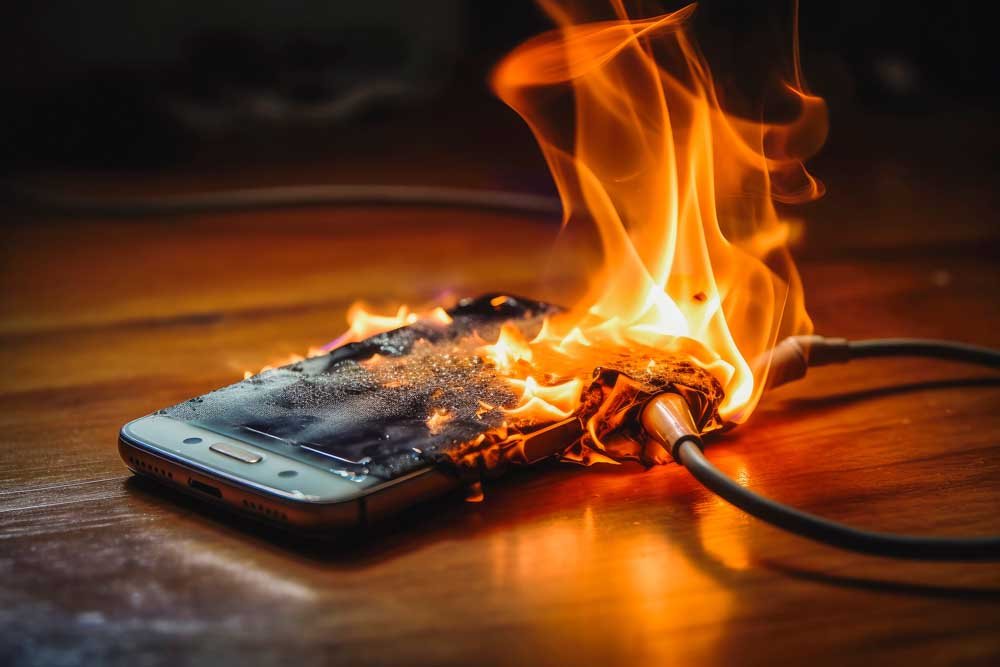Surge protection is a safeguard for your electrical devices according to Legacy Realty & Management, a leading property management team. It acts as a shield, absorbing excess energy from spikes in electrical voltage. There are several types of surge protectors, ranging from plug-in units to whole-house systems. Each offers a different level of security, depending on your needs.
Having electrical circuit breakers in your home is not just a good idea—it’s crucial. It ensures the longevity of your valuable electronics, reduces the risk of fire, and gives you peace of mind. Think of it as an insurance policy for your digital life.
Table of Contents
Causes Of Electrical Surges
Understanding what triggers electrical surges can help you better protect your home and belongings. Here’s a breakdown of some common causes.
- Lightning Strikes
One of the most unpredictable causes is lightning. A single bolt can wreak havoc on your entire electrical system. The raw energy surges through the wiring, putting all connected devices at risk. It’s a rare but highly destructive event.
- Faulty Wiring
Often overlooked, faulty wiring can be a constant source of electrical surges. Inadequate or damaged wiring can’t handle normal electrical loads. This causes intermittent surges that could slowly degrade your devices or even cause a fire. It’s a silent menace that requires immediate attention.
- High-Power Electrical Devices
Devices like air conditioners and refrigerators demand a lot of power when they start up. This sudden requirement can cause smaller surges. While these are less damaging compared to a lightning strike, they can still wear down your electronics over time.
- Outdated Electrical Systems
An old electrical system isn’t designed to handle modern electronic loads. Using multiple devices at once can strain the system, resulting in surges. Upgrading your system is not just about convenience but also about safety.
Being aware of these causes will help you take appropriate measures. With this knowledge, you’re one step closer to creating a more secure environment for your electronics.
The Risks Of Not Having Surge Protection
While surge protectors may seem like just another gadget, the risks of not having one are significant.

- Damage To Electrical Devices
The most immediate risk is the potential harm to your electrical devices. From your smartphone to your refrigerator, a power surge can degrade or even destroy these valuable items. The pain of losing these essentials can be more than just financial; it can disrupt your daily life.
- Risk Of Electrical Fires
A power surge could overload your home’s electrical system, causing wiring to heat up. This heat could escalate into an electrical fire, endangering your family and property. Don’t underestimate the gravity of this risk; it can be life-altering.
- Loss Of Valuable Data
Imagine losing years of cherished photos or important work files in a split second. Without surge protection, this nightmare scenario could become a reality. The emotional toll can be devastating, and data recovery services are often expensive and unreliable.
- Financial Implications Of Replacing Damaged Devices
Beyond the cost of the damaged devices themselves, consider the hidden costs. You might need to hire professionals for repairs or data recovery. These extra expenses add up quickly, turning a minor incident into a financial burden.
Neglecting surge protection exposes you to an array of risks, both physical and financial. Skipping surge protection may seem like a harmless choice, but the risks are too high to ignore.
How To Choose The Right Surge Protector
After acknowledging the critical importance of surge protectors, the next step is selecting the right one. But how do you sift through the countless options out there? Here’s a detailed guide to assist you in making an informed decision.
- Check The Joule Rating
The joule rating of a surge protector signifies how much energy it can absorb. A greater joule rating offers stronger safeguarding for your gadgets. Don’t skimp on this; opting for a high joule rating can be the difference between a device surviving a power surge or becoming a pricey paperweight.
- Examine The Response Time
Response time, usually measured in nanoseconds, reflects how quickly the surge protector will kick in when a surge occurs. Lower numbers are better. A surge protector with a quick response time ensures that excess voltage gets neutralized before it damages your devices.
- Look For Certification Marks
Certification marks like UL (Underwriters Laboratories) signal that the product has been tested and meets safety standards. This isn’t just a sticker; it’s an assurance that you’re investing in a reliable product. Uncertified surge protectors can be risky and provide false peace of mind.
- Consider The Number Of Outlets You Need
Think about how many devices you’ll be plugging into the surge protector. If you have multiple devices, opt for a surge protector with enough outlets to accommodate them. But don’t just think about the present. Future-proof your purchase by considering any additional gadgets you might acquire.
Your devices are an integral part of your life and deserve the best protection available. Make your selection carefully to safeguard your electronic world.
Conclusion
As we’ve explored, surge protection devices are far from optional—they are a vital safeguard for your home and digital life. Don’t put your comfort, data, and financial well-being at risk.
Investing in a quality surge protector is an act of foresight that could spare you from future emotional and financial distress. Make this essential addition to your home; it’s a decision you won’t regret.










